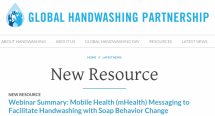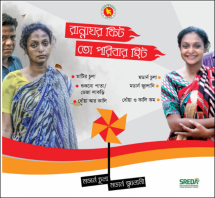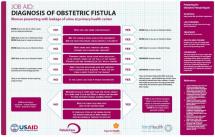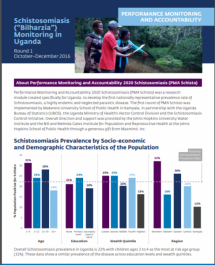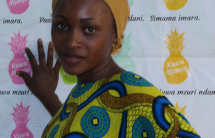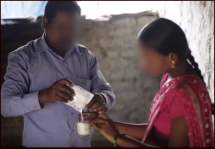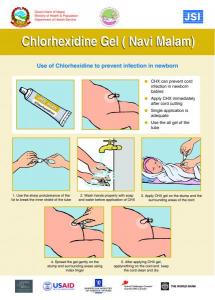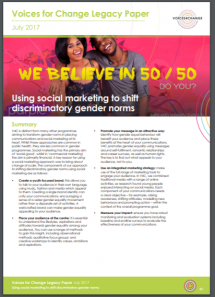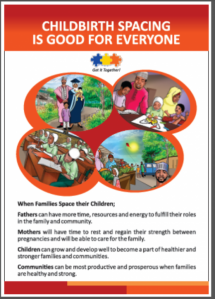Mobile Health (mHealth) Messaging to Facilitate Handwashing with Soap Behavior Change
On February 7th, 2019, the Global Handwashing Partnership, in conjunction with USAID and the Johns Hopkins Bloomberg School of Public Health, hosted a webinar discussion on the development and randomized controlled trial of a water, sanitation and hygiene (WASH) mobile health program in Dhaka, Bangladesh.
The Cholera Hospital-Based Intervention for 7 days (CHoBI7) mobile health program was developed to target the following key behaviors during the 7-day high risk period and to sustain these behaviors over time: increased handwashing with soap at stool and food related events, water treatment with chlorine tablets, and storage of household drinking water in a water vessel with a lid.
Mobile messaging was delivered in Bangla over a 12-month period, through voice and text messaging on the Viamo platform. The mobile messages were designed around the character of a Medical Doctor from the iccdr,b Hospital, Dr. Chobi. In the voice messages, she has discussions with a female peer role model, and a male peer role model, around key WASH behaviors promoted. Text messages were found during the formative research to complement voice messages by serving as important reminder that could be shared with others.
Source: Global Handwashing Partnership
Date of Publication: November 17, 2021
SIMILIAR RESOURCES
Tools
Examples
- Global Handwashing Day 2015 Social Media Toolkit
- Models of University Engagement with Practice
- Technical Brief: Handwashing with Soap: A Key Part of the COVID-19 Response
- Barrier Analysis Questionnaires
- Urban Adolescent Sexual and Reproductive Health SBCC I-Kit
- Springboard Webinar: How to Capture and Use Basic Social, Development and Health Data with Communities
- The Infection Control Symbol Package
- GESI Toolkit
- MULTI-SBC: The Programmatic Aid for Multi-Sectoral Integration of SBC for FP Practitioners
- The mHealth Planning Guide: Key Considerations for Integrating Mobile Technology into Health Programs

